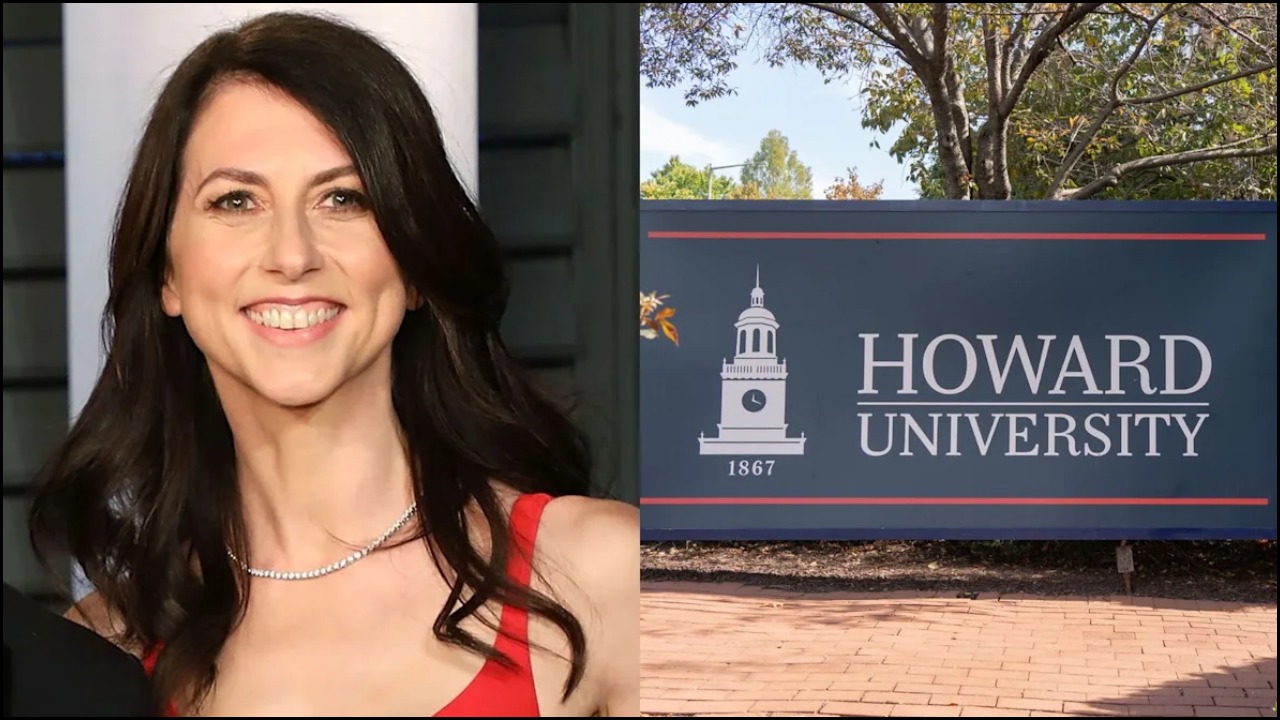For decades, dentists and scientists have shared a dream—a way to repair damaged tooth enamel naturally, without drills, fillings, or artificial materials. Now, that dream may finally be within reach. Researchers at the University of Nottingham have unveiled a revolutionary protein-based gel that can repair and regenerate tooth enamel, marking what many call one of the most promising dental breakthroughs in recent years.
Table of Contents
A Tiny Gel With Enormous Potential
The new gel works by mimicking the natural process that allows enamel to form during infancy. It acts as a biological scaffold, guiding calcium and phosphate ions—the key building blocks of teeth—from saliva to the surface of damaged enamel. This process helps rebuild the tooth’s outer layer, strengthening it and protecting it against decay.
According to the research team, the gel could be available as a product as early as next year, potentially transforming how dentists treat cavities and early-stage enamel loss. The full findings have been published in the renowned scientific journal Nature Communications, sparking excitement across the dental research community.
Why Enamel Matters So Much
Enamel, the hard, protective coating that shields our teeth, is the strongest material in the human body. Yet once damaged, it cannot regenerate naturally. Over time, daily wear, acidic foods, and poor oral hygiene erode this protective layer, leading to sensitivity, cavities, and infections.
The World Health Organization (WHO) reports that 3.7 billion people worldwide suffer from oral diseases linked to enamel degradation. Beyond pain and tooth loss, severe decay can contribute to serious health issues, including diabetes, heart disease, and systemic infections.
Current treatments like fluoride varnishes or dental fillings only manage symptoms—they cannot rebuild what has been lost. That’s why this new gel has scientists and clinicians calling it a “game-changer.”
The Science Behind the Smile
The research, led by Professor Álvaro Mata, chair of Biomedical Engineering and Biomaterials at the University of Nottingham, combines advanced materials science and biological engineering. The protein-based gel is designed to self-assemble into a structure that mirrors the natural environment of growing enamel, enabling new mineral growth.
“We are very excited because this technology has been designed with both the clinician and patient in mind,” said Prof. Mata. “It can be easily and rapidly applied, making dental treatment faster, less invasive, and more effective. We hope to have a first product out next year—and this innovation could soon be helping patients worldwide.”
Microscopic images from the study show a dramatic difference between demineralized enamel and treated enamel. After just two weeks of applying the gel, the eroded apatite crystals—the foundation of enamel—begin to regenerate, visibly restoring structure and strength.
Experts Call It a ‘Holy Grail’ Moment
For the dental community, recreating natural enamel has long been considered the “Holy Grail” of biomaterials science. Professor Paul Hatton, a biomaterials expert at the University of Sheffield and a member of the British Dental Association’s health and science committee, praised the study as a major leap forward.
“Recreating natural enamel to repair teeth has been something of a Holy Grail for dental materials scientists for many years,” he said. “This paper suggests an exciting breakthrough has been made.”
A Future Without Fillings?
If clinical trials confirm its effectiveness, this discovery could transform dental care globally. Instead of drilling cavities and filling them with synthetic materials, dentists could one day apply this gel directly to the affected area, prompting the tooth to heal itself naturally.
Imagine a world where dental visits no longer mean pain or anxiety—just a simple, non-invasive treatment that restores your natural enamel and strengthens your smile for life. That’s the vision driving scientists behind this innovation.
As the research moves closer to commercial application, the excitement in the dental world continues to grow. What began as a scientific experiment in a university lab could soon redefine the future of oral health, offering billions of people a chance at healthier, stronger teeth—one drop of gel at a time.








